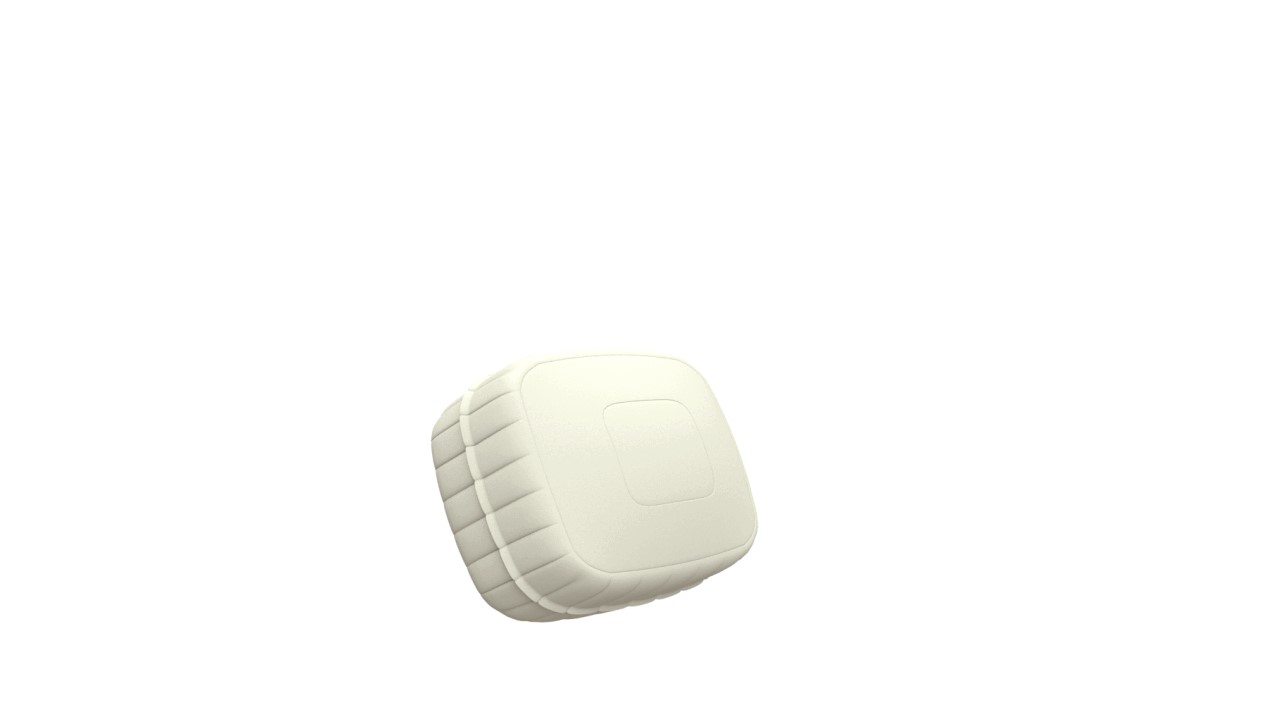Paul Drysch | Source | CEO at PreAct Technologies

Paul Drysch
-
ESPROS Photonics, PreAct Technologies Partner on Sensing
PreAct Technologies and ESPROS Photonics announced a collaboration agreement to develop new flash LiDAR technologies
Article -
PreAct Technologies and ESPROS Photonics Collaborate on Next-Generation Sensing Solutions - LIDAR Magazine
Partnership to Provide Use-case Specific Flash LiDAR for Automotive, Trucking, Industrial Automation and Robotics Portland, OR and Sargans, Switzerland – March 23, 2022...
Article -
What software-definable sensors are available now?
Sensor designers are pursuing software-defined (or programmable) sensors for their increased relevance and applications in the Industrial Internet of Things (IIoT). Automobiles are one market segment that can benefit from over-the-air (OTA) update capabilities and automakers have the resources to make significant changes to implement them. OTA updates are one way to future proof vehicles, […]
Article
-
Newer technologies like 4D radar and continuous wave time of flight (CWTOF) cameras are starting to gain significant traction because of the need for better near-field sensing, and we’ll ultimately see ultrasound and other tech go away.
-
Lidar will finally start to find some traction in production vehicles, however that volume will remain minuscule and there are still way too many lidar companies so there will be some consolidation and some players disappearing in 2022-2023.
-
Attention will start to shift towards “the last 50 feet” (short range or nearfield sensing), in order to meet the demands of self-driving vehicles (trucking, robotaxis, etc.), and customer demands for more advanced ADAS and convenience features. The market will need to adapt since traditional radar and ultrasound are not sufficient anymore. The last 50 feet is a much harder problem to solve than highway driving, and it’s also the most important to the success of full autonomy within a city.


